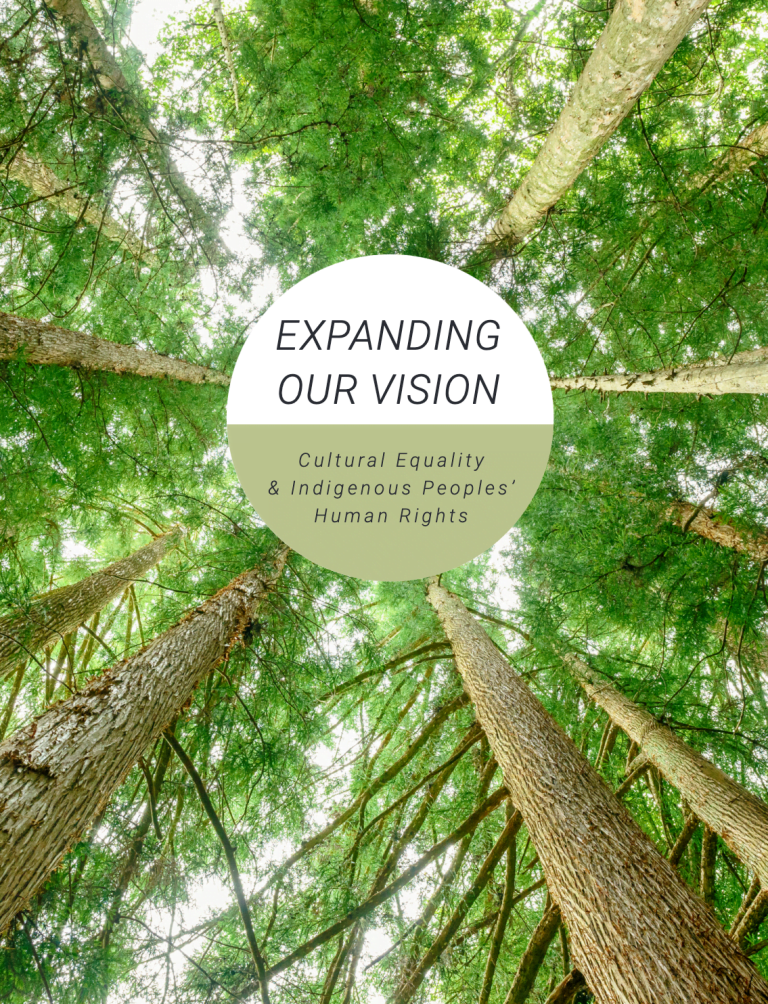9 search results
for
Accessibility
Guiding recommendations
Recommendation 5: Identify and remove procedural barriers within the BCHRT.-
Category and theme:
Audience:
Groups affected:
Location of recommendation:
Immediate procedural steps
Recommendation 7: Consider these recommendations remedial measures, and implement active and concerted efforts to address the underrepresentation of Indigenous complainants accessing the BCHRT. Create an affirmative access program for Indigenous Peoples.-
Category and theme:
Audience:
Groups affected:
Location of recommendation:
Increase Indigenous involvement within the BCHRT
Recommendation 16: Offer human rights clinics in remote regions (going back regularly) to both teach about human rights and to assist with filing claims. Approach law schools for options to work jointly in providing these clinics regionally and to create regional expertise.-
Category and theme:
Audience:
Groups affected:
Location of recommendation:
Public outreach to Indigenous communities
Recommendation 17: Create a public education campaign for Indigenous Peoples which addresses human rights from an Indigenous perspective:- Make materials easily accessible at Band offices, Métis organizations, Friendship Centres, Indigenous political organizations, and universities.
- Emphasize cases where Indigenous individuals have successfully brought human rights claims.
-
Category and theme:
Audience:
Groups affected:
Location of recommendation:
Create an Indigenous specific stream within the BCHRT
Recommendation 25: Offer specialized training to BCHRT staff and tribunal members, starting with recommendations of the TRC, to reduce and eliminate procedural barriers that Indigenous Peoples face in accessing BCHRT services. The goal should be to develop cultural competency and safety.-
Category and theme:
Audience:
Groups affected:
Location of recommendation:
Trauma-informed approach
Recommendation 29: Adopt a trauma-informed practice overall, including for assessing and accommodating delays or requests for extensions. The BCHRT staff and tribunal members should be provided with training on how trauma may impact Indigenous Peoples’ actions or interactions within the BCHRT system.-
Category and theme:
Audience:
Groups affected:
Location of recommendation:
Plain language
Recommendation 35: Use plain language, easily understood by the average person with a grade five education, when communicating with complainants. Review communications, including forms and template letters, to ensure that they use plain language.-
Category and theme:
Audience:
Groups affected:
Location of recommendation:
Time limits
Recommendation 37: Assess time extension requests with a trauma-informed lens and consider any circumstances Indigenous applicants raise tied to Indigenous traditions or ways of approaching conflict (such as attempts at relationship repair or restoration).-
Category and theme:
Audience:
Groups affected:
Location of recommendation:
Website
Recommendation 43: Develop a website using plain and easily accessible language to provide Indigenous Peoples with information and to guide them through stages of the application process. The website should feature case-based examples, specific to Indigenous Peoples; short videos to illustrate the BCHRT process; and a guide to help people through the BCHRT process.-
Category and theme:
Audience:
Groups affected:
Location of recommendation:
